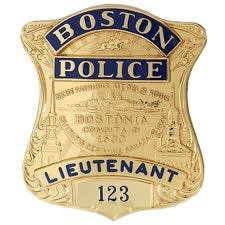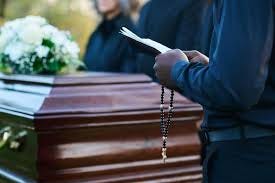As soon as he received the news, Captain Orleck sent it to Hans Luden. Pam Healy was killed after being shot in South Boston while on duty. Her partner, Larry Fenton, was recovering at Massachusetts General Hospital with a shattered right elbow.
The police were interviewing people who had been near the crime scene while also collecting any available CCTV footage. Adrenaline was flowing through the Boston Police Department, and Captain Orleck was eager for action. He could barely sit at his desk, with nowhere to go and no one to pursue. The police weren't made to sit back while officers were being gunned down on the streets of Boston. The community was also starting to raise concerns, as were the Boston newspapers. A writer for the Boston Globe questioned why there were no leads. What were the police doing? They had hundreds of officers at their disposal, along with the city’s best technological tools. Why had they found nothing?
The captain couldn't give the professor much information because he had none. Several witnesses saw a dark-colored sedan speed away after the shooting. The available video footage revealed nothing. People at Dunkin' Donuts hadn't seen anything either. The sedan was a late model, but its make was unknown. Trying to find a car with this little information was like searching for a needle in a haystack.
The funeral for Pam Healey was deeply mournful. It was once again held at the Cathedral of the Holy Cross in downtown Boston. The Archbishop of the Boston diocese officiated the mass with two other priests. An opera student from Berklee College of Music performed "Amazing Grace" and "Pie Jesu." Captain Orlik and others spoke, and an American flag was presented to the deceased's parents. The news media expressed sympathy for the fallen officer, but two days later, they launched their relentless critique of the Boston Police Department's lack of progress in the case. Patience within their community was wearing thin.



